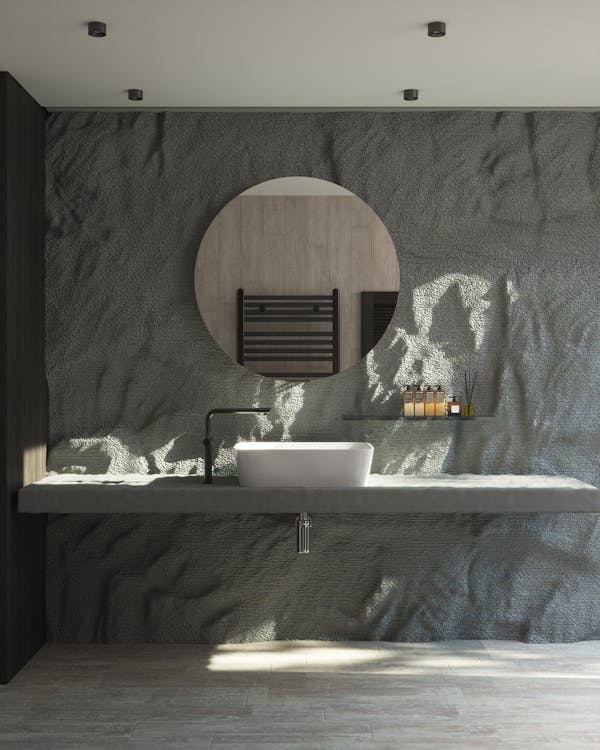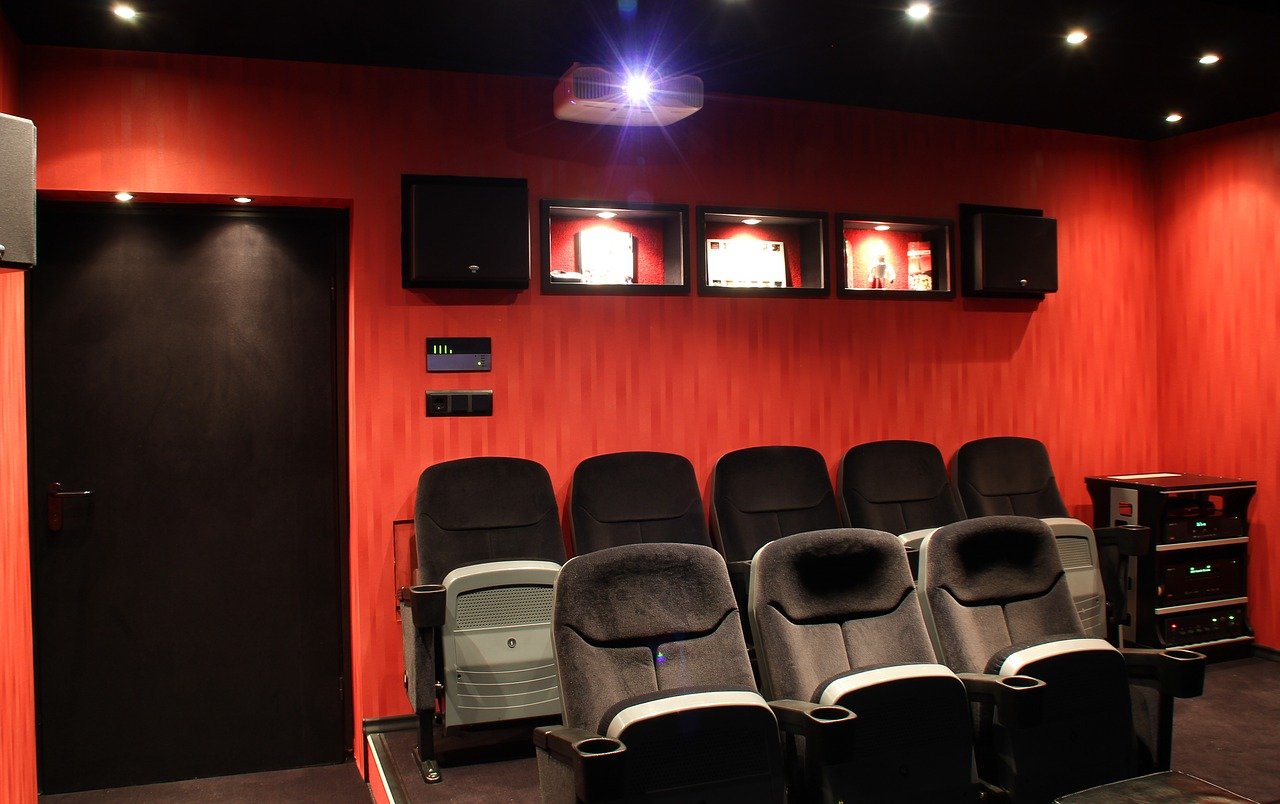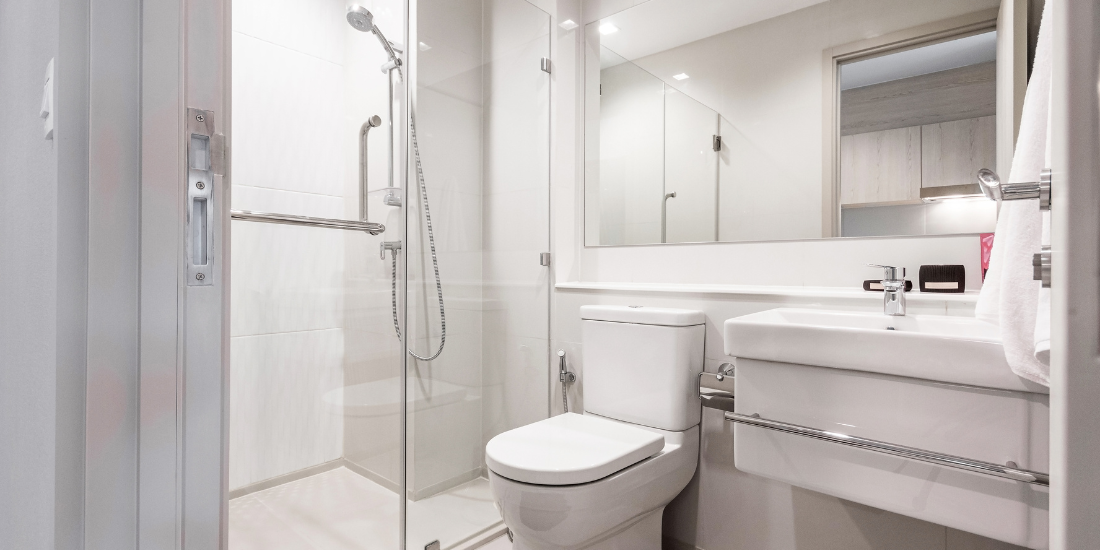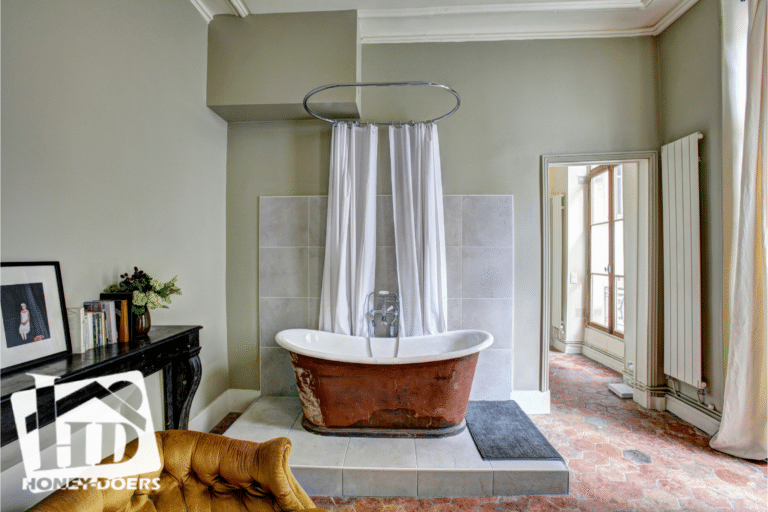Introduction: Why a Small Bathroom Addition is a Big Deal
A well-placed bathroom addition can increase your home’s value by 10–20%, making it one of the smartest upgrades you can undertake. Beyond the numbers, it adds undeniable comfort and convenience to everyday life—whether it’s reducing the morning rush, giving guests their own space, or improving privacy for family members.
In this guide, we’ll explore how to create a bathroom in unconventional spaces like basements, closets, and under-stair areas. You’ll discover smart design ideas, basement-specific considerations, cost vs. value breakdowns, and the key planning steps to ensure your project delivers the best possible return—both financially and in daily enjoyment.
Value Boost Potential: ROI and Buyer Appeal
Bathrooms are one of the first features buyers check when touring a home. Adding an extra bathroom—especially in a home with limited facilities—can transform buyer perception instantly.
According to the Journal of Light Construction’s Cost vs. Value Report, bathroom additions recoup an average of 30–60% of their cost upon resale, with even higher returns in competitive housing markets. For context, this ROI is often higher than a full bedroom addition and can rival mid-range kitchen remodels.
In addition to ROI, a bathroom addition can:
- Shorten your home’s time on the market.
- Broaden your buyer pool by appealing to multi-generational families.
- Position your home above comparable listings with fewer bathrooms.
If your current layout forces guests to walk through bedrooms or trek upstairs, adding a conveniently located bathroom can instantly improve both function and marketability.
Best Spots for a Bathroom in a Small Home
You don’t need a sprawling floorplan to add a bathroom. Strategic use of underutilized spaces can make it possible almost anywhere.
- Basements – Perfect for guest accommodations, home theaters, or entertainment spaces. A basement bathroom can serve as a game-changer for resale appeal.
- Under Staircases – Small powder rooms can fit into these otherwise awkward spaces with creative layout planning and compact fixtures.
- Walk-In Closets – If you’re not using all that wardrobe space, a closet to bathroom conversion can be surprisingly feasible.
- Unused Corners in Laundry or Mudrooms – Combining laundry and a half-bath can make these functional spaces even more versatile.
Each location has its own pros, from easy access to existing plumbing in laundry rooms to unique design opportunities under staircases.
Design Strategies for Tight Spaces
Small bathrooms require thoughtful planning to avoid feeling cramped.
- Space-Saving Fixtures – Corner sinks, wall-mounted toilets, and shallow vanities free up floor area.
- Sliding or Pocket Doors – Eliminate the swing clearance needed for a standard door, instantly improving usable space.
- Vertical Storage – Floating shelves, recessed medicine cabinets, and tall linen towers make the most of wall height.
- Lighting for Openness – Use bright, even lighting and large mirrors to visually expand the space.
When every inch counts, working with a designer can help you balance function and aesthetics without overcrowding.
Special Considerations for Basements
A basement bathroom addition requires extra planning due to unique environmental and structural challenges.
- Plumbing Solutions – In homes where gravity won’t carry waste to the main sewer line, options like upflush toilets or sewage ejector pumps allow for installation without costly excavation.
- Ventilation – Proper exhaust fans are essential for controlling humidity and meeting code.
- Moisture Control – Choose mold-resistant drywall, tile, and flooring to handle potential dampness.
- Integration with Basement Design – Match finishes with the surrounding living space for a cohesive look, whether that’s rustic wood paneling or modern black basement ceiling ideas.
Ignoring these details can lead to costly maintenance issues down the road, making professional guidance invaluable.
Cost vs. Value Breakdown
While prices vary by location and complexity, here’s a general range:
| Bathroom Type | Typical Cost Range | Common Locations | Avg. ROI |
| Half Bath (toilet + sink) | $5,000–$15,000 | Under stairs, closets | 50–60% |
| 3/4 Bath (toilet, sink, shower) | $10,000–$25,000 | Basements, guest rooms | 55–65% |
| Full Bath (toilet, sink, tub/shower) | $15,000–$35,000+ | Basements, additions | 50–60% |






